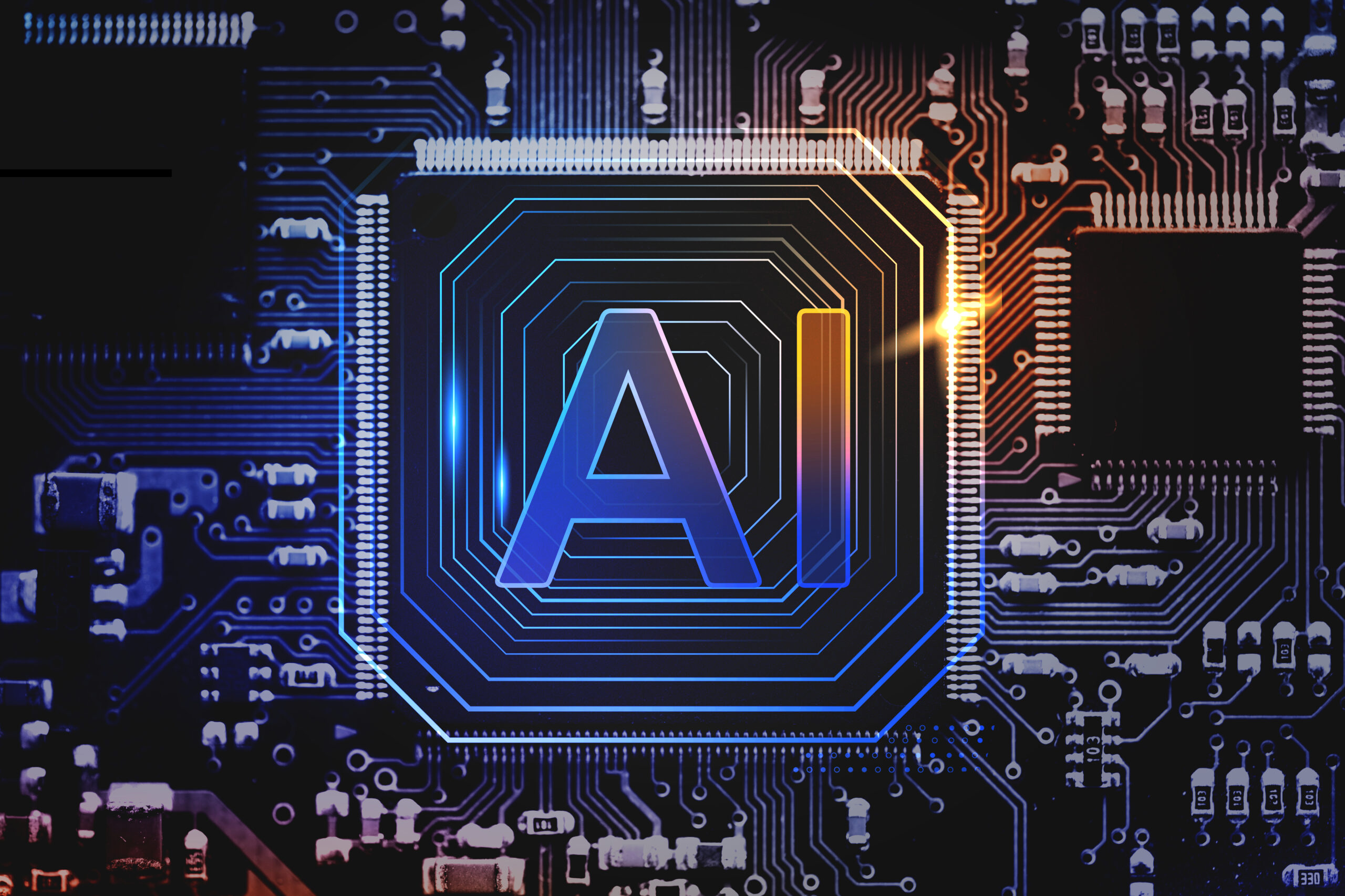Unraveling Transformer Neural Networks: The Engines Powering Advanced AI

Transformers. A phrase typically associated with innovative language models like OpenAI’s GPT-series or Google’s BERT, which you may have heard of if you keep up with the latest developments in machine learning and artificial intelligence. But what exactly are Transformer models, and how did they come to play such a significant role in contemporary AI? Let’s go deeply into the mechanisms of these ground-breaking advancements.
The Dawn of a New Age in Machine Learning
A new machine learning architecture, the “Transformer,” was presented by Vaswani et al. in their 2017 paper “Attention is All You Need.” To improve machine translation, this model incorporates a technique called the attention mechanism, which allows it to zero in on specific subsets of input data based on their relative importance.
In a nutshell, Transformers allowed artificial intelligence models to perform analysis of sequential input in parallel, rather than sequentially, greatly enhancing processing speed and efficiency.
The Key Concepts: Attention Mechanism and Self-Attention
Recurrent Neural Networks (RNNs) and Long Short-Term Memory Networks (LSTMs) are examples of classic neural networks, and they process data sequentially, one step at a time. This sequential processing, however, can constitute a bottleneck, reducing both the speed and capacity with which extended sequences can be handled.
Transformers use a technique called the “attention mechanism” to overcome this roadblock. This system gives the model the ability to give each input a relative importance when calculating an outcome. At each stage of its calculations, the Transformer “pays attention” just to the most important information.
Transformers use a specialised sort of attention called “self-attention,” sometimes known as “scaled dot-product attention.” The model can examine a large chunk of data at once, identifying the most relevant features for each item in the sequence.
Inside a Transformer Model: Encoder and Decoder Blocks
Encoders and decoders are the two major components of every Transformer model. They all have numerous layers that are all the same. Let’s investigate what’s going on in each of these units in more detail.
Encoder
In order for the model to make sense of the input data, an encoder must first transform it into a set of vectors that represent its semantics and context. A feed-forward neural network and a self-attention mechanism make up each encoder layer’s two sub-layers. The input is processed by a self-attention layer, where the model establishes the context of the words. The self-attention layer’s outputs are then fed into the feed-forward layer.
Decoder
The function of a decoder is to take an encoded input and produce a desired output. The decoder, like the encoder, is a multi-layered structure. Each decoder layer, however, is composed of three distinct layers: a feed-forward neural network, followed by a pair of self-attention layers. The first self-attention layer looks at the data coming in from the decoder, while the second looks at what the encoder is producing. The output is then fed into a feed-forward network for analysis.
Why Are Transformers So Transformative?
Transformer models are particularly effective because of how well they deal with data’s contextual relationships. Natural language processing (NLP) is just one area where context is extremely important. A word’s meaning can shift depending on the context in which it is used. Transformer models are superior than more conventional RNNs and LSTMs at handling such long-range relationships.
In addition, Transformer models support parallel data processing, which greatly enhances training efficiency. Large-scale language models such as GPT-3 and BERT, which can generate human-like text and understand complicated language constructions, have been made possible by this property and the ever-increasing processing capacity at our disposal.
The Future of Transformer Models
Transformer models, since their conception, have revolutionised many fields, particularly natural language processing. Many cutting-edge models for tasks like machine translation, text synthesis, and sentiment analysis rely on them heavily.
More progress and new ideas based on Transformer designs are to come in the future. In the field of computer vision, for instance, transformers have begun to show promise as of my knowledge cutoff in September 2021, threatening the supremacy of convolutional neural networks (CNNs). This demonstrates their strength and adaptability.
As a result of enabling more effective and context-sensitive processing of sequential data, Transformer models have had a significant impact on the AI field. They have the potential for further advancement and application, making them a cornerstone of contemporary AI.
